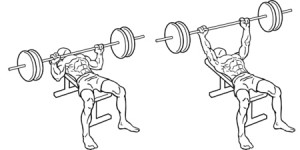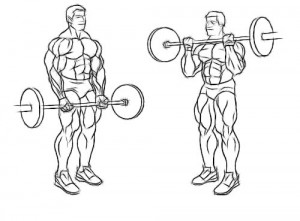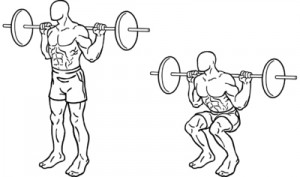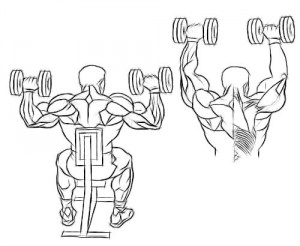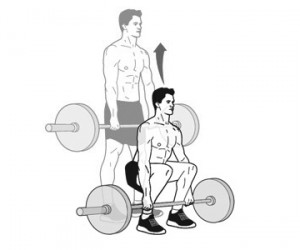Dear Davey,
I’m overweight and I definitely have a case of the man boobs. Is there any way that I can turn my man boobs into pec muscles?
From,
Rob
I get a lot of questions about man boobs, often called moobs. Urban Dictionary defines moobs as “a combination of the words ‘man’ and ‘boobs.’ This is what happens when fat gathers in a male’s chest area, and gives him the appearance of having breasts. Floppy, Jell-O like protrusions.”
Moobs or not, it’s important to know that fat can’t turn into muscle. Conversely, muscle also can’t turn into fat - despite the myth claiming otherwise. As such, strictly speaking from a technical standpoint, you can’t “turn” fatty moobs into muscular pecs.
Instead, you can first shed excess fat from your body. This will help flatten your chest. Then, you can add muscle to your body - and, in particular, to your chest. This two-step approach will build up your pectoral muscles and result in a strong, muscular chest.
When it comes to losing weight, there’s really no secret. Weight loss is achieved through a calorie deficit of moving more and eating smarter; decrease the calories going in and increase the calories going out. Keep in mind, fat loss is a total body experience. Though you want to lose your moobs, fat will come off your entire body including face, neck, stomach, butt and so on. It may take a considerable amount of fat loss to fully reduce your moobs.
Once a flat chest is achieved, it’s time to shift gears. Instead of focusing on fat loss, switch to a workout centered around hypertrophy - which refers to implementing a workout strategy designed to build muscle. Unlike fat loss, you can build muscle on specific areas. In this case, we’ll focus on your pecs.
Here’s the chest workout that I use:
- 4 sets of 8 reps on the flat bench press
- 4 sets of 8 reps on the incline bench press
- 4 sets of 8 reps on the decline bench press
- 4 sets of 8 reps of dumbbell pec flies alternating with 4 sets of 10 one-leg push-ups
- 4 sets of 8 reps of pec fly machine
Once or twice per week, I complete this chest day workout.
Because you’re looking to increase the size of your muscles, it’s important to remember that you’ll need to progress to heavier and heavier levels of resistance on the bench press, dumbbell pec flies and pec fly machine. You’ll also need to give your body the fuel it needs by eating smarter.
While there’s no magic fix for moobs, the above formula is a real and lasting solution based on science. And, in addition to transforming your body, this solution will result in improved health, increased energy and better quality of life.
Love,
Davey
P.S. For more help increasing muscle size, download Size Matters: Davey Wavey’s Foolproof Guide to Building Muscle.








